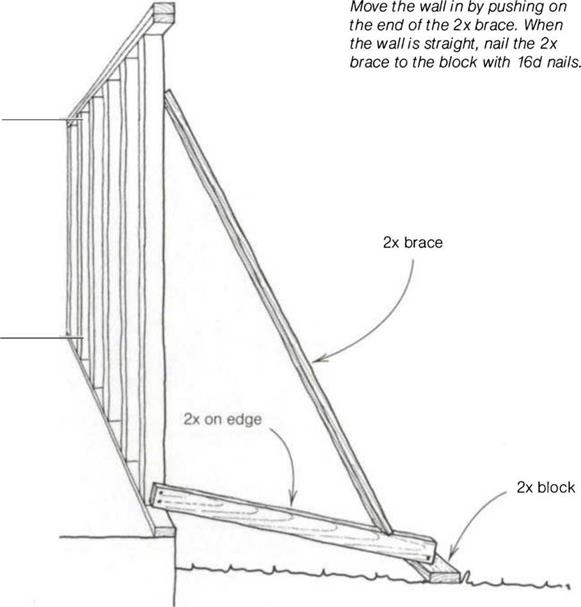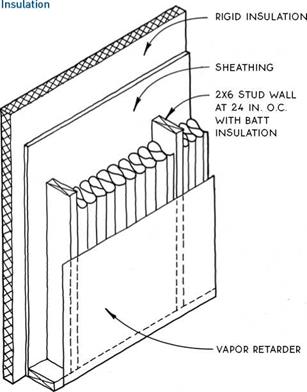ROOM
Basic Design for Porches, Decks, and Landings
The porches on Habitat houses are among their nicest features. All Habitat houses have a covered porch of some sort. On the Charlotte house, there’s a small porch tucked underneath the main roof, sheltering the main entry door. The side door has a landing that could grow into a larger deck sometime in the future (see the photo on the facing page). Most of the Habitat houses I’ve worked on out West have a porch as an attached structure. It has its own roof, which joins either the main roof or the gable end of the house (see the top photo on p. 178). In almost any form, a porch adds something special to a house. It’s a place to put some flowers, kick off your shoes when you get home from work, or just sit down and relax at any time of day.
read more








